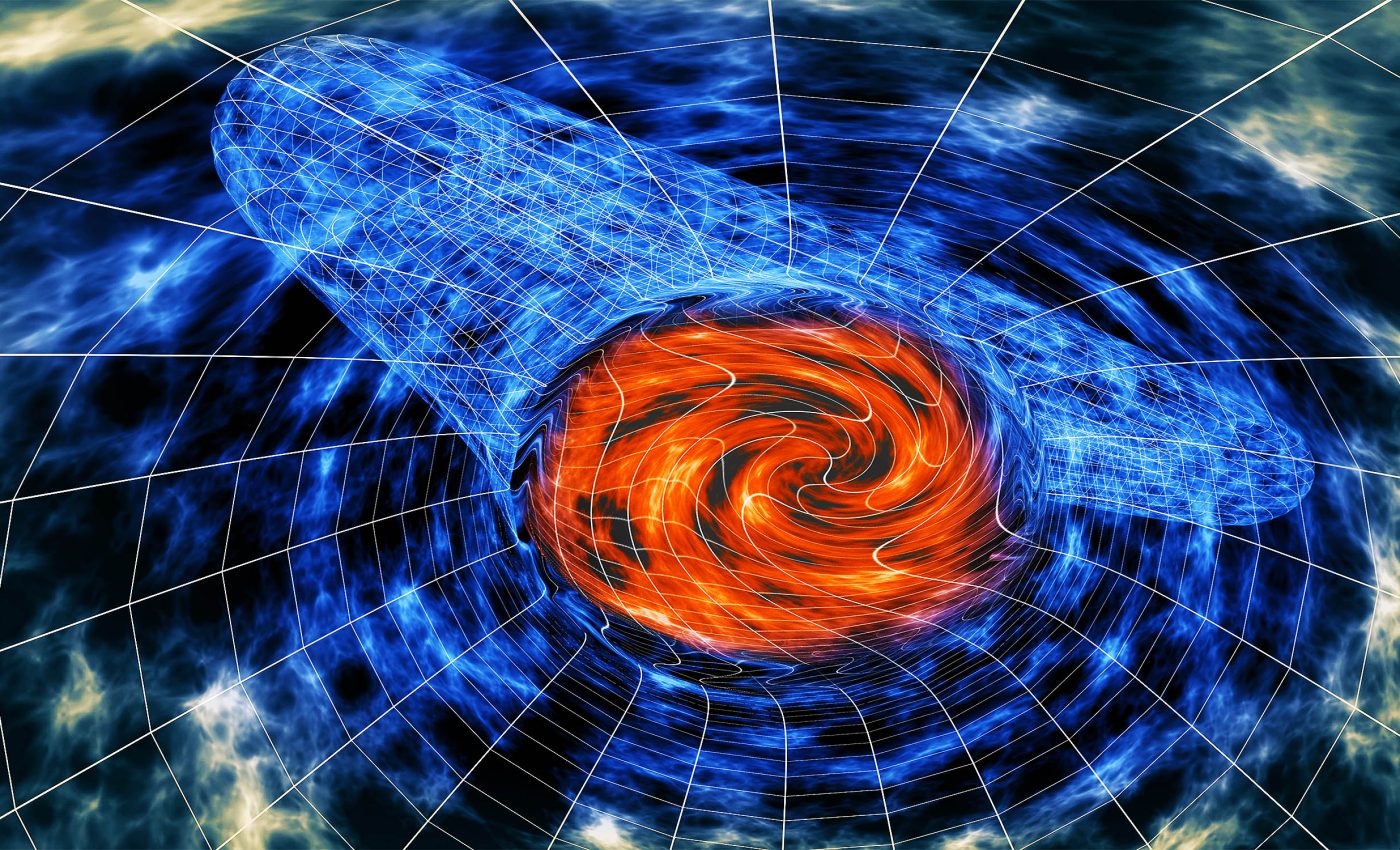
Gravitational waves, dark matter, and the big bang
In our cosmic backyard, a fascinating phenomenon known as gravitational waves has been quietly reshaping the way we understand the universe.
Originating from violent cosmic incidents and carrying whispers from far corners of the universe, these elusive ripples in the fabric of space-time were first observed in 2015.
Today, we delve into a new study by Yanou Cui from the University of California, Riverside, which opens up fresh avenues of thought in this field.
Dancing to the tune of simple matter
Cui’s study, appearing in the respected journal Physical Review Letters, revolves around a particular kind of ultra-light scalar field matter. Imagine the incredibly small mass of an electron.
Now, think of something a million or a billion times lighter than that. Mind-boggling, isn’t it? These ultra-light particles, with no internal spin, pervade the universe, behaving more like waves than particles.
“This mechanism of creating detectable gravitational wave backgrounds may shed light on the puzzling gravitational wave signal recently captured by pulsar timing observatories,” Cui explained.
“Another exciting implication is that the very same form of matter may be identified as dark matter, the mysterious substance believed to make up most of the universe’s mass which has puzzled scientists for decades.”
Symphony of gravitational waves
To hear the tune of gravitational waves, they have to be loud enough and fall within detectable frequency ranges. These waves are ripples in spacetime caused by some of the most energetic processes in the universe.
Cui’s research suggests that these simple forms of matter, such as primordial fields, kicked off a detectable background of gravitational waves shortly after the Big Bang. This background provides a cosmic fingerprint of events that took place in the early universe.
Once the universe’s expansion rate overtakes the mass of the scalar field, the production of these gravitational waves comes to a halt.
This transition marks a significant moment in the evolution of the universe, offering insights into the fundamental processes that have shaped our cosmos.
Post-Big Bang universe
Imagine a universe merely a fraction of a second old, its expansion rate on par with the mass of the simple scalar field matter we just discussed.
During this almost incomprehensibly brief moment, the universe was a hot, dense state, filled with an incredibly energetic mix of particles and radiation.
It’s during this narrow time window that gravitational waves were born, rippling through the fabric of spacetime.
As the universe expanded beyond this point, cooling and evolving, particle production stopped due to internal mechanisms, transitioning into a more stable phase.
This early era laid the foundation for the complex structures we observe in the cosmos today.
Dark matter breakthrough?
Why haven’t we come across these simple matter forms before? The answer lies in their elusive nature. Cui notes that their interaction with known matter is through a feeble gravitational connection, making them incredibly difficult to detect.
“The gravitational wave signal we demonstrated is the way to detect them,” emphasizes Cui. By identifying this matter as, potentially, dark matter, we can finally start unravelling this cosmic mystery.
The potential identification of this ultra-light scalar field matter as dark matter is no small feat. This discovery not only helps us understand the composition of the enigmatic dark matter but also provides a plausible explanation for the baffling pulsar timing observations made last year.
These observations had left many scientists puzzled, as the timing anomalies could not be easily explained by existing models. By linking these anomalies to dark matter, researchers are opening up new avenues for further study and experimentation.
This breakthrough could significantly advance our knowledge of the universe and its underlying mechanisms, potentially leading to more groundbreaking discoveries in the field of astrophysics.
Demystifying gravitational waves and dark matter
This research is more than a scientific study – it’s an invitation to explore the universe as never before. Cui’s work lays the groundwork for us to use the cosmos as a gigantic laboratory, testing and probing fundamental physics principles.
When it comes to the cosmos, nothing exists in isolation. Cui’s research underscores the interconnectedness of cosmic phenomena.
The discovery and study of gravitational waves lead us to insights into dark matter, one of the most elusive elements of the universe.
Yanou Cui’s research on gravitational waves and ultra-light scalar field matter provides a significant headway in solving the cosmic conundrum. It reminds us of the importance of exploring the universe with an open mind and inventive strategies.
With each discovery, we come closer to understanding the universe’s intricate fabric, and every step forward on this journey unravels the secrets of the cosmos and our place within it. Stay tuned as we continue to decode the universe, one gravitational wave at a time.
The full study was published in the journal Physical Review Letters.
—–
Like what you read? Subscribe to our newsletter for engaging articles, exclusive content, and the latest updates.
Check us out on EarthSnap, a free app brought to you by Eric Ralls and Earth.com.
—–













